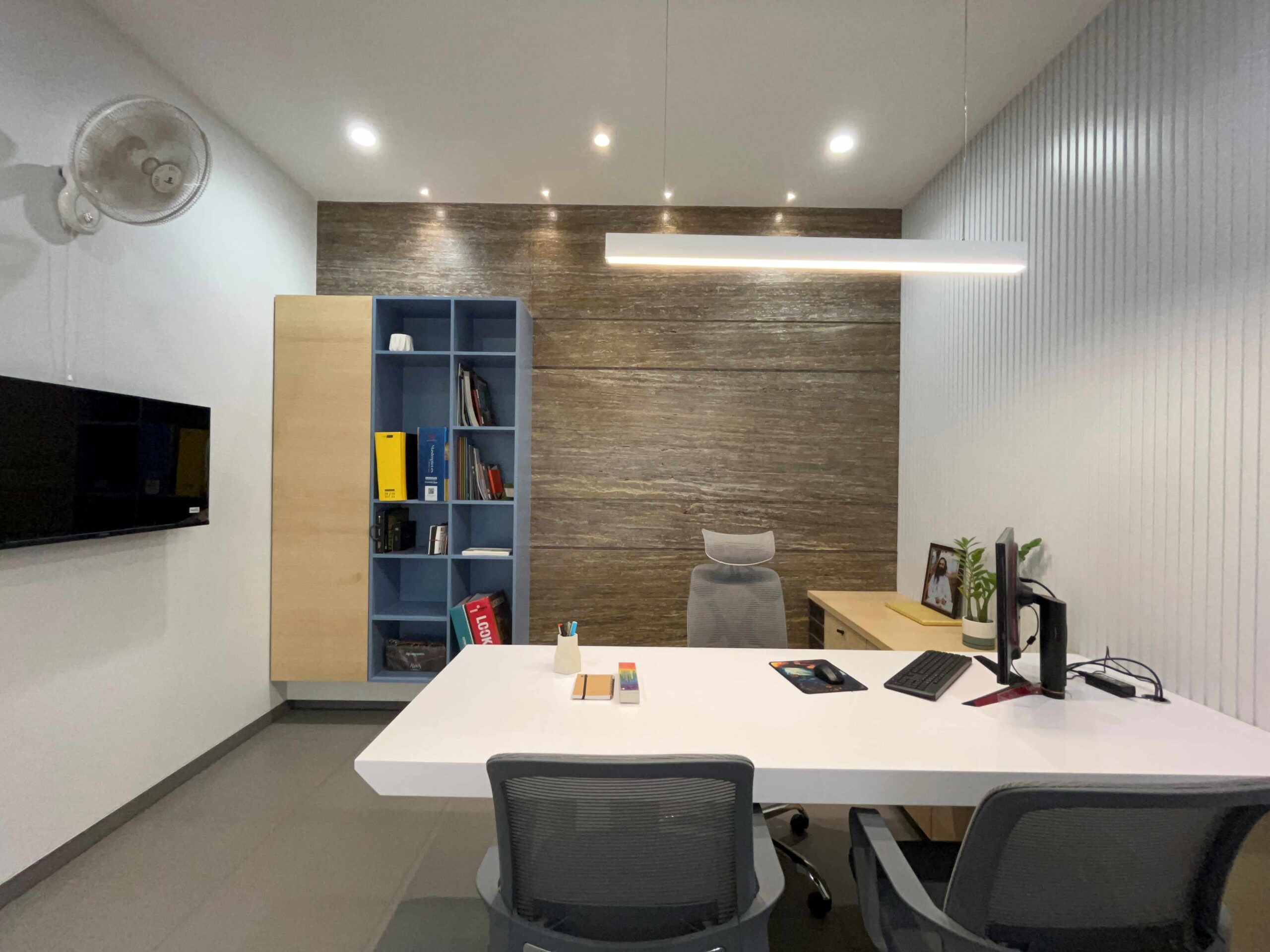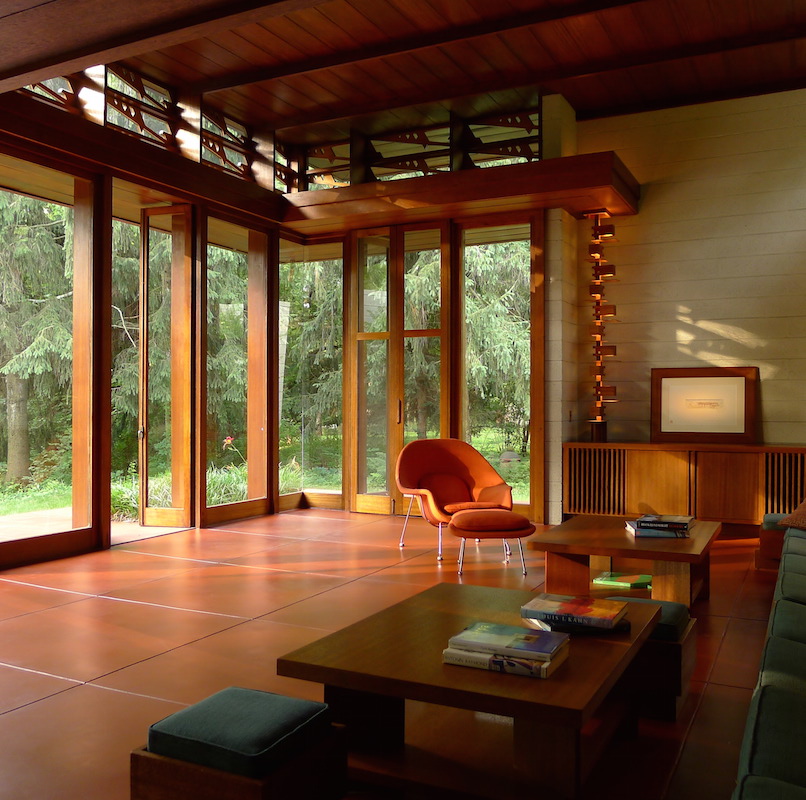The Art of Equilibrium: How Interior Design and Home Designer Collaborate for Stunning Outcomes
In the world of home layout, striking a balance between appearances and functionality is no small accomplishment. This fragile stability is accomplished through the unified cooperation in between indoor developers and engineers, each bringing their unique experience to the table. The outcome? Rooms that are not just aesthetically magnificent however likewise exceptionally comfortable. However, this perfect blend is not always easy to attain. Remain with us as we explore the complexities of this collaborative process and its transformative influence on home design.
Comprehending the Core Differences In Between Interior Decoration and Home Architecture
While both interior style and home architecture play necessary roles in producing cosmetically pleasing and useful spaces, they are inherently various disciplines. It deals with the 'bones' of the framework, functioning with spatial measurements, load-bearing walls, and roofing layouts. On the various other hand, interior style is much more concerned with enhancing the aesthetic and sensory experience within that framework.
The Synergy In Between Home Design and Interior Decoration
The synergy between home design and Interior Design depends on a shared vision of style and the improvement of useful visual appeals. When these 2 areas line up harmoniously, they can change a living space from common to amazing. This cooperation requires a deeper understanding of each self-control's concepts and the capability to produce a natural, visually pleasing atmosphere.
Unifying Style Vision
Combining the vision for home architecture and indoor design can produce a harmonious living room that is both useful and visually pleasing. It promotes a collaborating method where architectural components enhance indoor layout elements and vice versa. Hence, unifying the style vision is crucial in blending style and interior style for stunning outcomes.
Enhancing Functional Aesthetics
Just how does the harmony between home architecture and interior design boost practical appearances? Engineers lay the foundation with their structural design, ensuring that the space is reliable and functional. A designer might develop a residence with high ceilings and huge home windows.
Value of Partnership in Creating Balanced Spaces
The collaboration in between interior developers and engineers is pivotal in creating well balanced spaces. It brings consistency between style and design, bring to life areas that are not only visually pleasing but likewise useful. Exploring effective collaborative methods can provide understandings right into exactly how this harmony can be efficiently attained.
Harmonizing Style and Architecture
Balance, an important facet of both Interior Design and design, can just really be attained when these two fields operate in harmony. This harmony is not just an aesthetic consideration; it affects the capability, sturdiness, and inevitably, the livability of a space. Interior developers and engineers need to recognize each other's functions, appreciate their proficiency, and interact properly. They must think about the interaction of architectural components with decor, the flow of spaces, and the effect of light and color. This collective process leads to a natural, well balanced layout where every component has an objective and adds to the overall visual. Therefore, harmonizing layout and style is not nearly producing attractive rooms, but about crafting rooms that function flawlessly for their citizens.
Successful Joint Methods

Situation Studies: Effective Combination of Design and Style
Checking out a number of case research studies, it becomes noticeable exactly how the successful assimilation of Interior Design discover this and style can transform a room. The Glass House in Connecticut, renowned for its minimalistic style, is one such example. Engineer Philip Johnson and interior developer Mies van der Rohe worked together to develop a harmonious equilibrium between the interior and the structure, causing a seamless circulation from the outside landscape to the inner living quarters. An additional exemplar is the Fallingwater Home in Pennsylvania. Engineer Frank Lloyd Wright and interior developer Edgar Kaufmann Jr.'s collective initiatives result in an amazingly unique home that mixes with its natural environments. These study highlight the extensive impact of a successful style and style collaboration.

Conquering Challenges in Layout and Architecture Cooperation
In spite of the undeniable advantages of a successful cooperation between Interior Design and design, it is not without its obstacles. Communication concerns can occur, as both events may make use of different terms, understandings, and methods in their job. This can result in misconceptions and delays in job pop over to these guys conclusion. One more significant challenge is the harmonizing act of visual appeals and capability. Architects may focus on structural stability and safety and security, while designers focus on comfort and design. The combination of these purposes can be complex. Furthermore, spending plan and timeline constraints usually add pressure, possibly creating rifts in the cooperation. Therefore, efficient interaction, common understanding, and concession are crucial to conquer these difficulties and attain a unified and effective collaboration.

Future Trends: The Advancing Connection In Between Home Architects and Interior Designers
As the globe of home design proceeds to evolve, so does the connection in between architects and indoor developers. The trend leans towards an extra joint and integrated technique, damaging without standard duties. Architects are no more only concentrated on structural stability, however likewise engage in improving aesthetic allure - Winchester architect. Alternatively, interior designers are accepting technological facets, affecting total design and performance. This advancing synergy is driven by advancements in innovation and the growing demand for areas that are not just aesthetically pleasing however additionally sensible and lasting. The future guarantees an extra natural, ingenious, and flexible strategy to home design, as developers and architects remain to obscure the lines, fostering a connection that really embodies the art of balance.
Final thought
The art of balance in home style is achieved through the unified collaboration in between indoor developers and designers. Despite challenges, this partnership promotes development and innovation in style.
While both indoor style and home design play crucial roles in producing cosmetically pleasing and practical rooms, they are inherently different self-controls.The synergy between home architecture and interior style lies in a shared vision of style and the improvement of practical aesthetics.Unifying the vision for home design and indoor style can develop a harmonious living room that is both useful and aesthetically pleasing. Hence, unifying the design vision is crucial in mixing architecture and interior layout for stunning outcomes.
How does the harmony between home design and indoor style improve functional appearances? (Winchester architect)